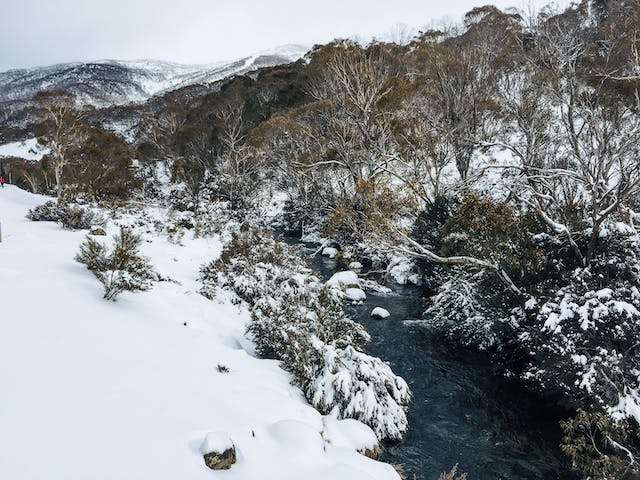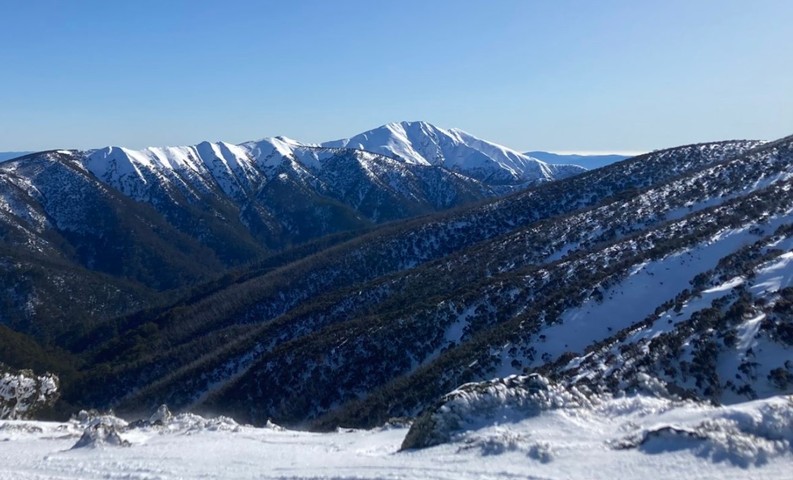Discover the Interesting Results of Snow in Australia on Neighborhood Ecological Communities
Regardless of its reputation for sun-soaked landscapes, Australia likewise flaunts areas blanketed by snow-- a phenomenon that greatly affects the nation's distinct ecological communities. The shielding residential or commercial properties of snows protect plants and animals amidst the chilliest winter seasons, while the melting snow supports rivers and aquatic life. The actual wonder lies in just how these icy problems shape the country's biodiversity and nutrient cycles. As we unravel this complex connection, we discover ourselves stepping on undiscovered grounds in Australia's high nation.
The Unexpected Areas of Snowfall in Australia
The high nation regions of New South Wales, Victoria, and Tasmania are specifically recognized for their winter months snow. The Snowy Mountains in NSW, for circumstances, obtain abundant seasonal snow, providing a plain contrast to the nation's typical hot, dry environment. The presence of snow in these areas significantly influences local ecosystems, subsequently affecting the country's one-of-a-kind biodiversity.

Just How Snow Impacts Australia's Unique Flora
These plants have actually advanced to survive in extreme problems, with snow serving as a protective covering from severe winds and freezing temperatures. The snow likewise contributes to the moisture web content of the dirt, offering needed hydration for plant life during the completely dry summer months. In essence, the snow affects the timing of blooming and seed dispersal, the development rates, and the survival of several plant varieties, showcasing the detailed interplay between environment and flora in Australia.

The Adjustments of Australian Animal to Snowfall
Equally as Australia's flora has adapted to the wintery conditions, the regional fauna as well, show impressive adjustments to the snowfall. Species like the Mountain Pygmy-possum, the only Australian marsupial recognized to hibernate, have actually developed strategies to survive in snowy settings. It uses the snow as insulation, hibernating in rock holes below the snow to stay cozy. Similarly, the Snow Skink, a varieties of lizard, transforms its colour to white throughout wintertime, giving camouflage against predators. Birds such as the Snowy Hills' Crimson Rosella additionally readjust their diet regimens to eat readily available food sources during cooler durations. Hence, in spite of the harsh conditions, Australian fauna demonstrates a adaptive and durable nature, guaranteeing their survival in regions experiencing snowfall.
The Role of Snow in Shaping Neighborhood Ecosystems
In forming the local ecosystems, the function of snow in Australia is both multilayered and profound. It influences the circulation of plants and animals, mostly specifying the biodiversity of towering and sub-alpine areas. Snow gives a critical water resource, feeding rivers and reservoirs as it melts, therefore supporting a selection of water life types. Furthermore, snow functions as an insulator, safeguarding ground-dwelling organisms from extreme cold. Likewise, it plays a substantial role in dirt development and nutrient hop over to these guys biking. The periodic cold and thawing of soil caused by snowfall promotes the failure of rocks, enhancing soil fertility. Subsequently, the existence of snow shapes the greenery patterns, animal behavior, and general sustainability of Australia's special communities. Does Australia Get Snow.

The Future of Snowfall in Australia: Ramifications and predictions

Given the crucial role snow plays fit local environments, the future of snowfall in Australia is drawing enhancing attention from researchers and conservationists. Existing environment versions forecast a substantial my website reduction in snowfall because of global warming, with possibly extensive effect on local communities. Less snow can result in minimized water accessibility in towering areas, negatively impacting wildlife habitats and plant. In addition, it can change the timing of seasonal adjustments, disrupting the life process of many indigenous species. The tourism industry, greatly dependent on the winter season snow period, may additionally encounter considerable challenges. Therefore, comprehending these forecasts and their implications is vital to create effective preservation strategies, making certain the conservation of Australia's special biodiversity and the sustainability of its economic situation.
Verdict
The function of snow in Australia's communities is essential yet commonly forgotten. Thus, the snow in Australia is extra than an all-natural phenomenon; it's a crucial gamer in the nation's environmental narrative.
Despite its reputation for sun-soaked landscapes, Australia additionally flaunts regions buried by snow-- a sensation that exceptionally influences the nation's distinct ecological communities. It uses the snow as insulation, hibernating in rock crevices underneath the snow to remain cozy - Does It Snow In Australia.In forming the regional environments, the duty of snow in Australia is both multilayered and profound. The existence of snow shapes the vegetation patterns, animal actions, and general sustainability of Australia's Homepage special communities
Provided the essential role snow plays in forming regional ecosystems, the future of snowfall in Australia is attracting raising interest from ecologists and researchers.